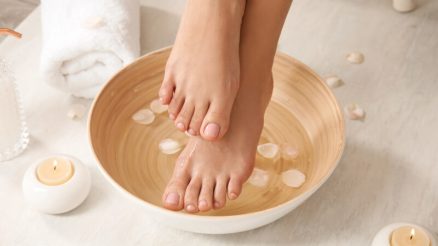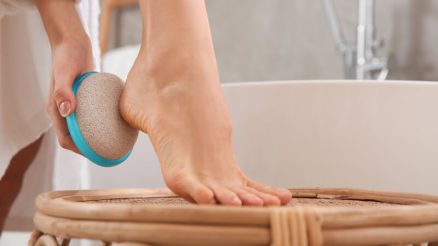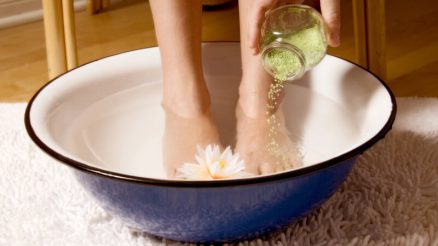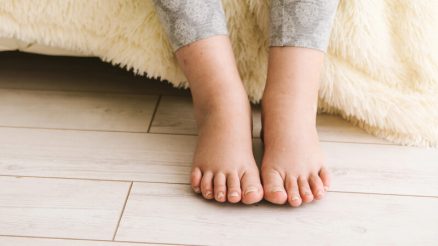Natural and Alternative Therapies
-
Acupuncture: This ancient therapy uses needles at specific points on the foot/ankle. Some studies on foot and ankle pain (not specific to bunions) found acupuncture can relieve pain and improve function.
-
Effectiveness: There is limited evidence that acupuncture may reduce general foot pain. Any benefit for bunion pain is largely anecdotal.
-
Pros: Many find it relaxing; few side effects when performed by a licensed practitioner.
-
Cons: Scientific support is weak; effects on bunions in particular are unproven. Requires multiple sessions; cost can add up.
-
-
Herbal and Topical Remedies: Various plant-based oils or supplements (e.g. arnica cream, turmeric, ginger, etc.) are often marketed for joint pain. Some people use menthol or essential oils (peppermint, eucalyptus) to massage the foot.
-
Effectiveness: There is no strong evidence that any herb or oil can shrink a bunion. Any pain relief is likely due to general anti-inflammatory properties or simply the massage action.
-
Pros: “Natural” and low risk (but test for allergies!). Massaging an oil also provides soothing warmth and motion.
-
Cons: Efficacy is mostly anecdotal. These should be viewed as complementary measures only.
-
-
Other Alternative Therapies: Techniques like chiropractic foot manipulation, ultrasound heat packs, or “laser/light therapy” have been tried by some. For example, ultrasound or whirlpool (often used in PT) can soothe inflamed joints. However, none of these have strong proof of correcting bunions.
-
Effectiveness: If anything, such therapies offer temporary comfort. Modern reviews consistently note that no non-surgical therapy reliably fixes the deformity. They are mainly for pain relief.
-
Pros: Can provide subjective relief or complement other treatments.
-
Cons: Often not covered by insurance; effects are transient. Use them as add-ons, not replacements for proven methods.
-








